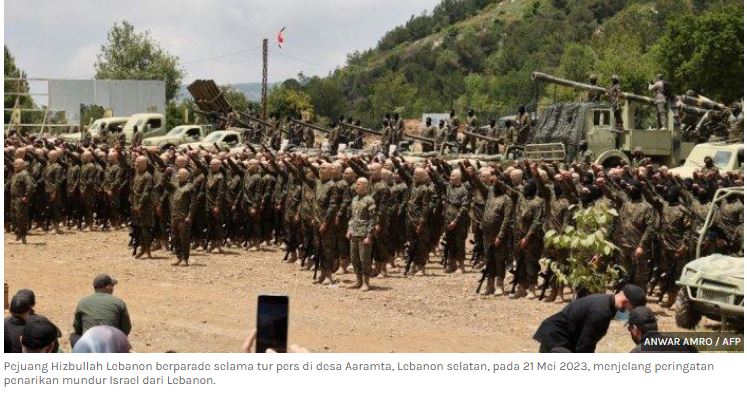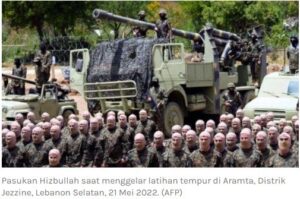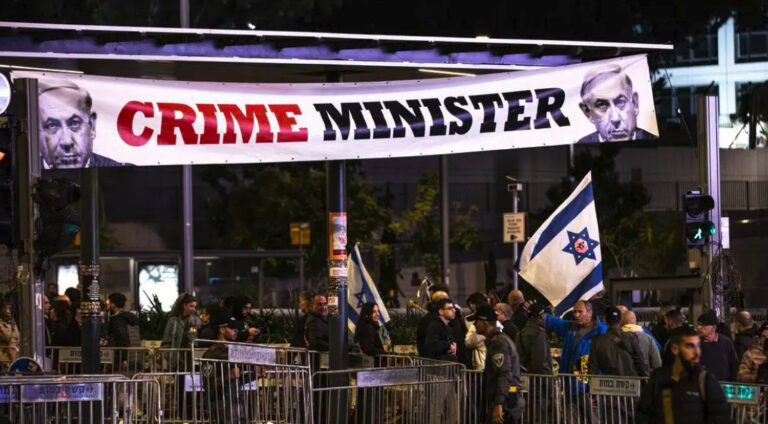
STRATEGIC ASSESSMENT. Since the October 7 Hamas attack on Israel, U.S., regional, and international diplomats have strived to prevent Israel’s retaliation in Gaza from expanding into a regional conflagration. Whether their efforts succeed still hangs in the balance, and the course of the conflict might well be determined by Lebanese Hezbollah, a powerful ally of the Islamic Republic of Iran. For now, Hezbollah appears to be attempting, through tit-for-tat artillery and small-arms exchanges, armed drone missions, and limited ground raids, to tie down a significant portion of the Israel Defense Forces (IDF) on Israel’s northern border. Presumably, Hezbollah calculates that doing so will hinder Israel’s ground offensive against Hamas in the Gaza Strip. Hezbollah has stopped well short, to date, of unleashing its substantial Iran-supplied arsenal of up to 150,000 rockets and missiles, some upgraded with precision-guidance capabilities, on Israeli cities. Nor have Hezbollah leaders ordered their battle-hardened forces, steeled by a decade of fighting on behalf of the Assad regime in Syria, to conduct a major ground incursion into northern Israel. Still, there have been some escalatory strikes- yesterday, a Hezbollah missile penetrated Israel’s Iron Dome and hit a building in Kiryat Shimona in northern Israel. A full-on offensive by Hezbollah would undoubtedly influence the course of the conflict by straining IDF capabilities to fight on two fronts simultaneously. Hezbollah has the capability to overwhelm Israeli missile and rocket defenses, including the Iron Dome, to a much greater degree than Hamas. Hezbollah barrages would cause an unprecedented number of Israeli civilian casualties and disruption of Israeli life. Hezbollah has also demonstrated the ability to carry its battles with Israel outside the region, including bombing Israel’s embassy and a Jewish institution in Buenos Aires in 1992 and 1994, respectively, and assassinating Israeli tourists in Europe as recently as 2012. During its formative years, Hezbollah committed acts of international terrorism primarily against the United States, including the Marine barracks bombing, a bombing of the U.S. Embassy in Beirut, and the holding (and sometimes killing) of American hostages in the 1980s.

There are motivations for Hezbollah to escalate against Israel, but there are also significant factors that might keep Hezbollah mostly on the sidelines of this fight. If Hezbollah joined the war, its motivations would be primarily intended to prevent a Hamas defeat that would significantly weaken Hezbollah’s leverage against Israel and that of Hezbollah’s patrons in Tehran. Iran has been able to put pressure on Israel – and the United States – by advertising its sponsorship of a broad “axis of resistance” consisting of a variety of armed factions on Israel’s borders and elsewhere in the region. Both Hezbollah and Hamas are key pillars of the axis of resistance, and the loss of Hamas would represent a setback for Iran and Hezbollah as well. Furthermore, a decision by Hezbollah Secretary-General Hassan Nasrallah to stay out of the fighting will call into question Hezbollah’s identity as a “resistance movement” against Israel – an identity forged when Hezbollah’s founders galvanized to fight Israel’s invasion of Lebanon in 1982. The movement’s claim to represent Lebanon’s resistance to Israel serves as its justification to maintain an independent militia as a recognized exception to the 1989 Saudi-brokered Taif Accords that required all other militias to disband.
Yet, the risks of joining Hamas’ war effort are formidable and undoubtedly explain the movement’s hesitancy to commit its forces and its arsenal to the battle. Perception of the challenges confronting Hezbollah might account for the reluctance of Nasrallah, thus far in the crisis, to specifically threaten to intervene if Israel invades the Gaza Strip. On October 23, the 50th anniversary of Hezbollah’s suicide attack on the U.S. Marine barracks in Beirut, Nasrallah met with senior Hamas and Palestine Islamic Jihad (PIJ) leaders. According to a Hezbollah statement, the three “agreed on the next steps” they, along with other Iran-backed militants, should take at this “sensitive stage” in the Middle East. However, Hezbollah did not specify what steps the three had agreed to undertake, suggesting that the movement did not want to issue threats it had no intent of implementing. Hezbollah’s leaders appear to be taking seriously warnings by the U.S. – backed up by additional deployments of U.S. aircraft carrier strike groups, troops, air defense batteries, and combat aircraft – that the region’s anti-Israel actors must not seek to expand the conflict. Combat with the IDF would destroy much of Hezbollah’s military infrastructure, and a battle with the United States – were one to occur – might very well setback Hezbollah as a significant power in Lebanon and in the region for the foreseeable future.

Hezbollah also suffers from political challenges that do not necessarily apply to Hamas. Within Lebanon, Hezbollah has become the main representative of the Shia Muslim community, which constitutes a plurality but not a majority of the Lebanese population. The main religious communities include Christians, one of whom, under the Taif Accords, occupies the post of president; Sunni Muslims, who provide one of their number to serve as Prime Minister; and Shia Muslims, one of whom serves as speaker of the parliament. Among the Shia community, many reject Hezbollah as their representative because of Hezbollah’s close affiliation with Iran, which is ethnically mostly Persian, as well as its commitment to Islamist ideology and its repeated use of violence to achieve political objectives. During the 2006 war between Hezbollah and Israel, many Lebanese opposed Hezbollah’s ability – without a vote of the Lebanese parliament or authorization by the president or prime minister – to provoke a war with Israel that resulted in widespread destruction of Lebanon’s infrastructure and economic capacity. In late October, U.S. Ambassador to Lebanon Dorothy Shea referred to broad opposition to Hezbollah’s self-appointed role as a “state within a state” by saying: “We [the United States] reject, and the Lebanese people reject, the threats of some to drag Lebanon into a new war. We continue to renounce any attempts to shape the region’s future through intimidation, violence, and terrorism.” With 13 members sitting in the 128-member parliament, several dozen allies in the body, and some of its members serving as cabinet ministers, Hezbollah is part of Lebanon’s governing structure and has responsibility for the safety and economic welfare of all Lebanese citizens.

Complicating Hezbollah’s calculations is the realization by its leaders that Hezbollah does not enjoy broad support in the Arab world or the international community. Unlike Hamas, Hezbollah cannot claim the role of representative of a people who are oppressed or suffering from Israeli occupation and Israeli policies. In 2000, partly in the face of attacks by Hezbollah, Israeli forces withdrew from all remaining territory in south Lebanon that it occupied after 1982. Perhaps more significantly, the Arab world and broader Muslim world are overwhelmingly Sunni, and Hezbollah is widely viewed as an exclusively Shia movement aligned with the region’s main Shia power, Iran. Many of the Arab states, particularly Saudi Arabia, have sought, with mixed success, to weaken Hezbollah politically within Lebanon as part of their broader struggle against the Islamic Republic of Iran. At the same time, many of the Arab states now have peace treaties with Israel – forged in large part to counter Iran – and would not support Hezbollah if the movement were to enter the Mideast war in full force. The factors arguing against escalating Hezbollah action against Israel appear, at least in the current phase of this conflict, to outweigh those considerations that might compel Hezbollah to join Hamas in an all-out battle with the IDF.





